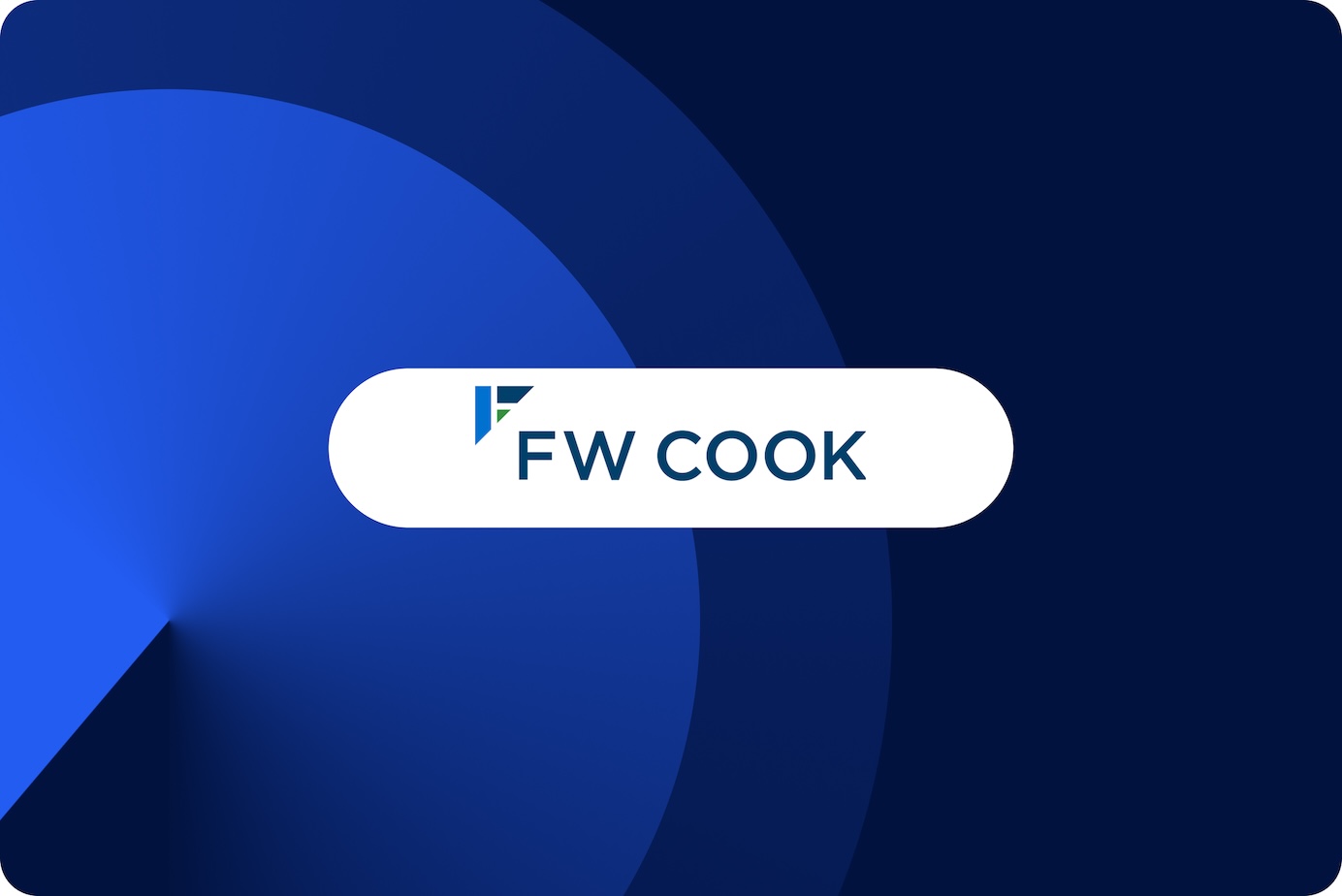Equity compensation for executives is an important tool for rewarding long-term performance and alignment with shareholder interests. Differences between public and private company equity program design are primarily due to differences in company risk profile and stage of growth. Equity for private companies emphasizes future potential value and rewarding high growth, while public companies have a greater focus on more stability and sustained performance.
This article explores three key differences in executive equity compensation practices between private and public companies: equity vehicles, equity denomination, and equity grant frequency. This analysis focuses on private companies that intend to go public or pursue a strategic sale, rather than those that plan to remain private indefinitely.
Let’s dive in.
1. Equity Vehicles
Private Companies
Time-vested stock options are the predominant vehicle granted by private companies. Use of options, which have an exercise price set to the company’s 409A valuation at grant, inherently ties the executive’s realizable value to the growth in the company.
Options offer significant upside potential with price appreciation, and have more leverage because a larger number of shares is usually granted compared to an alternative award type, such as restricted stock units (RSUs). Options typically have a 10-year exercise window, which helps executives navigate the uncertainty surrounding the timing of the company’s eventual exit and allows executives to defer their tax liability until exercise.
There is also prevalence of time-vested RSUs, but this award type tends to be limited to mature or high-valued private companies with growth rates that have moderated.
Public Companies
Three major equity types used by public companies include: time-vested stock options, time-vested RSUs, and Performance Stock Units (PSUs).
Early-stage public companies tend to grant executives options and RSUs, while the mix often shifts to an equal weighting of time-vested equity and PSUs for mature public companies. This shift is due to pressure from institutional investors and proxy advisors who believe that a portion of executive equity awards should be tied to multi-year financial goals or total shareholder return, with metrics dependent on industry and company size. PSUs are commonly used in lieu of options as companies mature.
Private companies often avoid granting PSUs due to challenges with setting long-term goals in a fast-paced, high growth environment, though there is precedent. Performance-contingent equity is more common in mature private companies or those backed by private equity, with goals tied to measures such as Internal Rate of Return (IRR) or Multiple on Invested Capital (MOIC).
2. Equity Denomination
Private Companies
In private companies, the number of shares underlying an equity award is typically derived from a percentage of the company, rather than a fixed dollar value. Providing executives with a defined ownership stake avoids the complexities of trying to value private company equity. Since there is no liquid market to sell into, the grant’s initial value is largely theoretical; nothing materializes unless the company achieves valuation growth and a liquidity event, reinforcing a focus on long-term value creation.
Public Companies
In early-stage public companies, equity awards may continue to be denominated as a percentage of the company to focus on long-term potential value of equity, rather than its value at grant, or to limit the impact of stock price volatility. However, most public companies determine equity grant amounts based on an intended dollar value.
For public companies, equity is viewed as a core component of the annual compensation package and the move to dollar-denominated grants helps ensure a more predictable, stable compensation structure for executives associated with less risk.
3. Equity Grant Frequency
Private Companies
Private companies tend to grant executives equity less frequently, with large inducement grants at hire, followed by little to no additional equity awards potentially for several years. This front-loaded approach has two key benefits:
- Receiving equity up front means there is a higher likelihood that the options will have a lower 409A exercise price than if the same number of options were granted in smaller, but more frequent tranches in the future, maximizing the executive’s potential return as the company’s value increases over time.
- Securing a large ownership stake up front serves as motivation to responsibly manage future equity dilution. Executives are incentivized to drive shareholder value creation while moderating dilutive events such as new equity financing.
A large equity stake that offers significant wealth creation opportunity if the company grows can also be used to offset lower cash compensation for private companies that have cash constraints. The high-risk, high-reward nature of a large ownership stake means equity has significant upside if the company grows but could become worthless if the business fails.
Public Companies
Public companies typically grant equity on a regular basis, with a slightly larger-than-normal inducement when the executive joins, followed by regular annual equity grants. Annual grants have the benefit of:
- Creating overlapping vesting schedules, which helps retain executives with trailing unvested equity value
- Providing an ongoing tool to reward past performance and incentivize future growth and shareholder value (size of refresh awards can be adjusted each year based on performance)
- Mitigating public company stock price volatility by price averaging awards with a new grant each year, recognizing public companies may have more moderate rates of growth and that public company stock prices are sensitive to short-term volatility and external market conditions
Key Takeaways
Private company practices in this article are more indicative of earlier-stage companies to highlight the key differences in equity compensation models compared to public companies. However, as private companies mature, they often naturally transition toward equity structures commonly seen in public companies, where risk diminishes, stability increases, and the focus shifts to sustaining performance. As companies grow, their executive compensation practices evolve to reflect the changing risk profile and business priorities.
_
This blog was authored by Lauren Spencer with oversight by Jin Fu. Questions and comments can be directed to Ms. Spencer or Ms. Fu at lauren.spencer@fwcook.com and jin.fu@fwcook.com, respectively.
FW Cook is a leading executive compensation consulting firm, advising boards and management teams on pay strategies that align with business goals and shareholder interests. Independent and client-focused, the firm specializes in incentive design, pay benchmarking, and governance, helping organizations navigate complex compensation challenges with data-driven insights and expert guidance.








